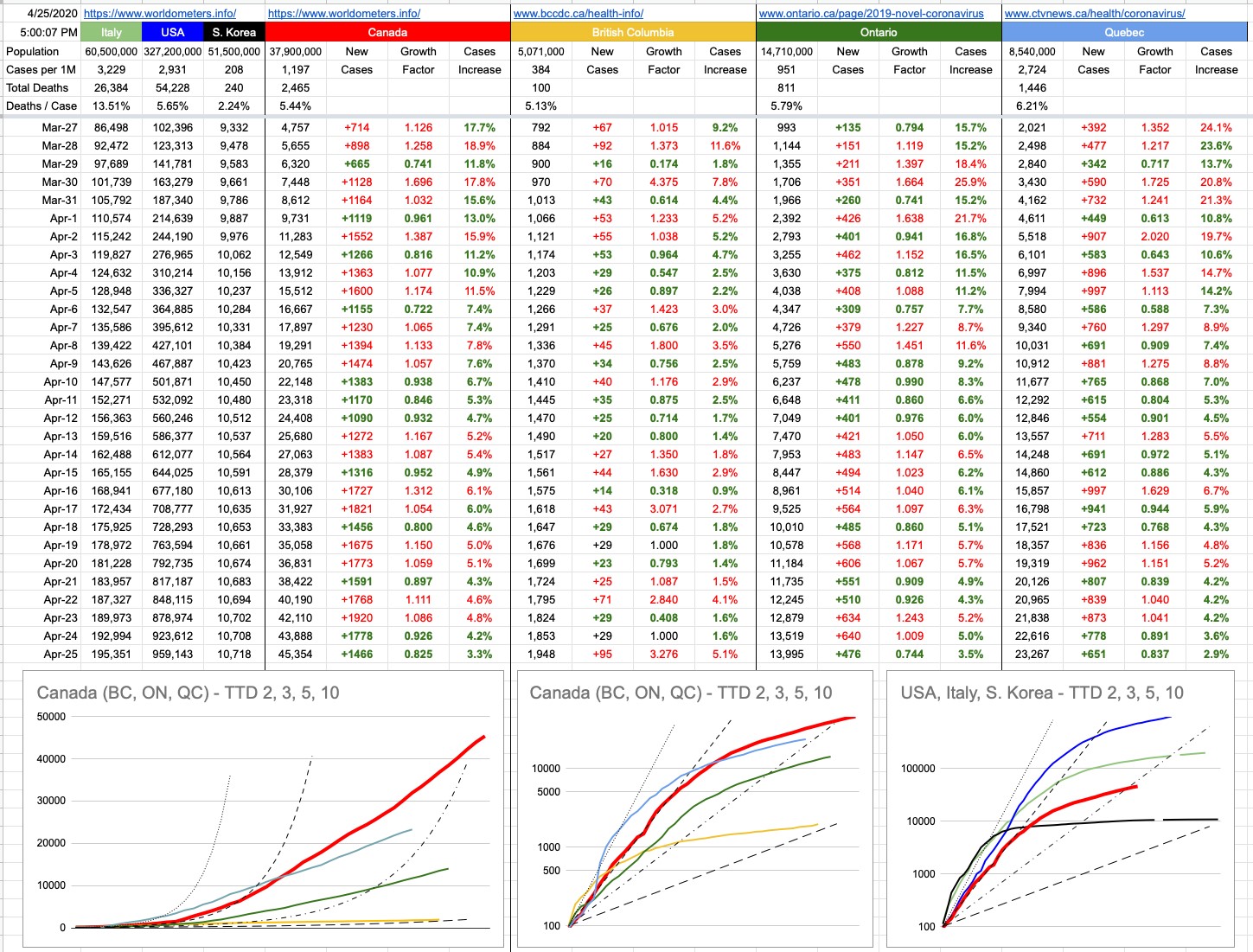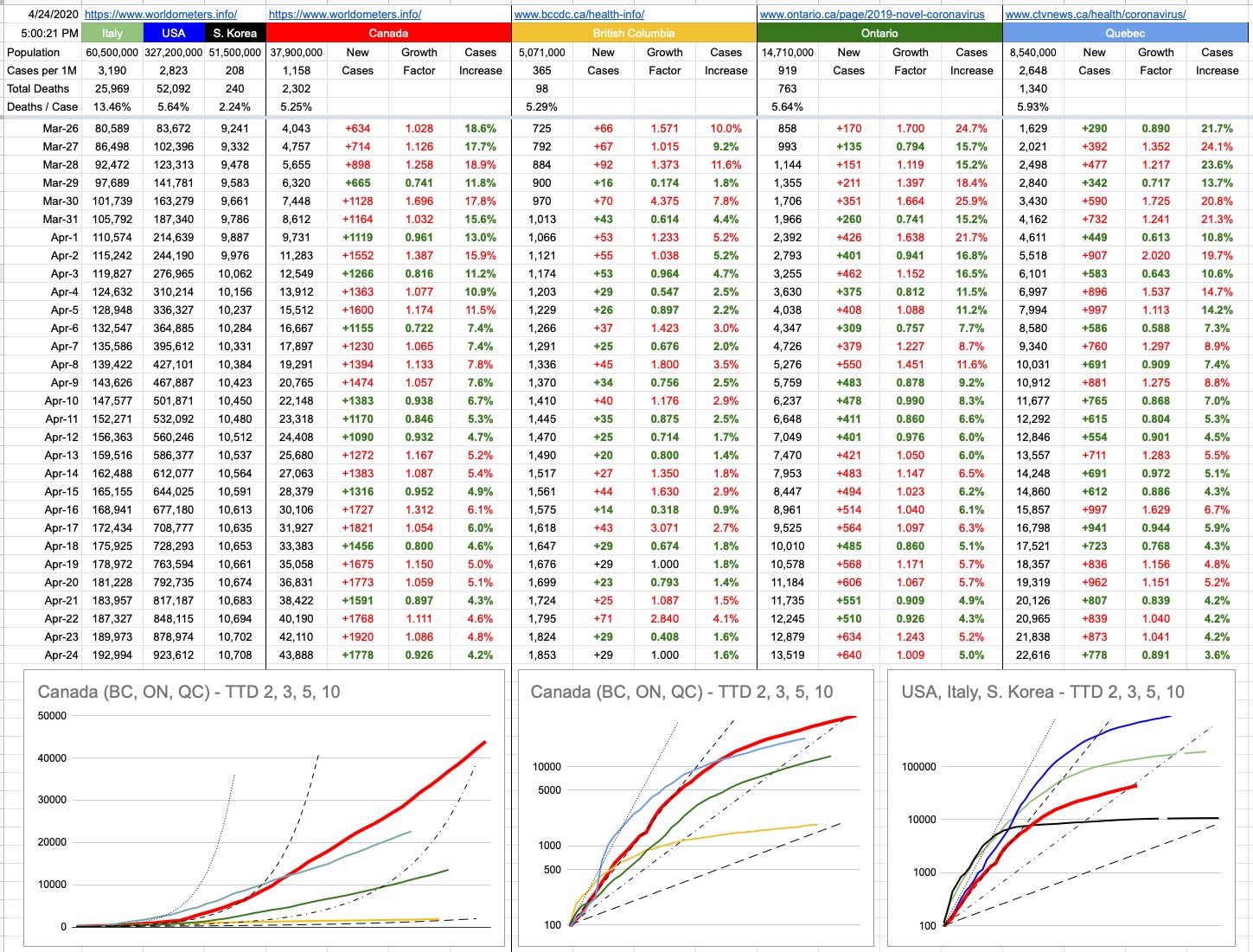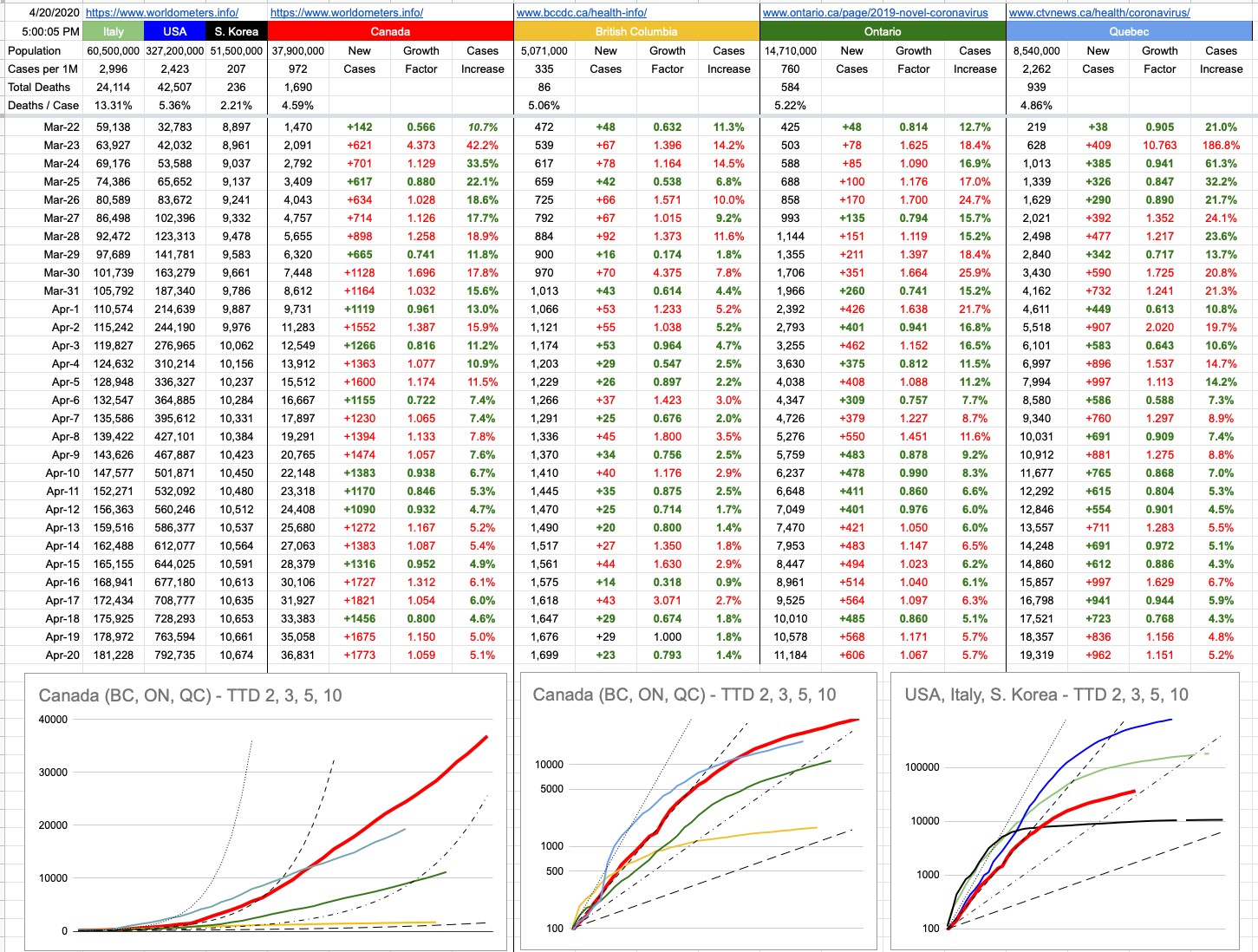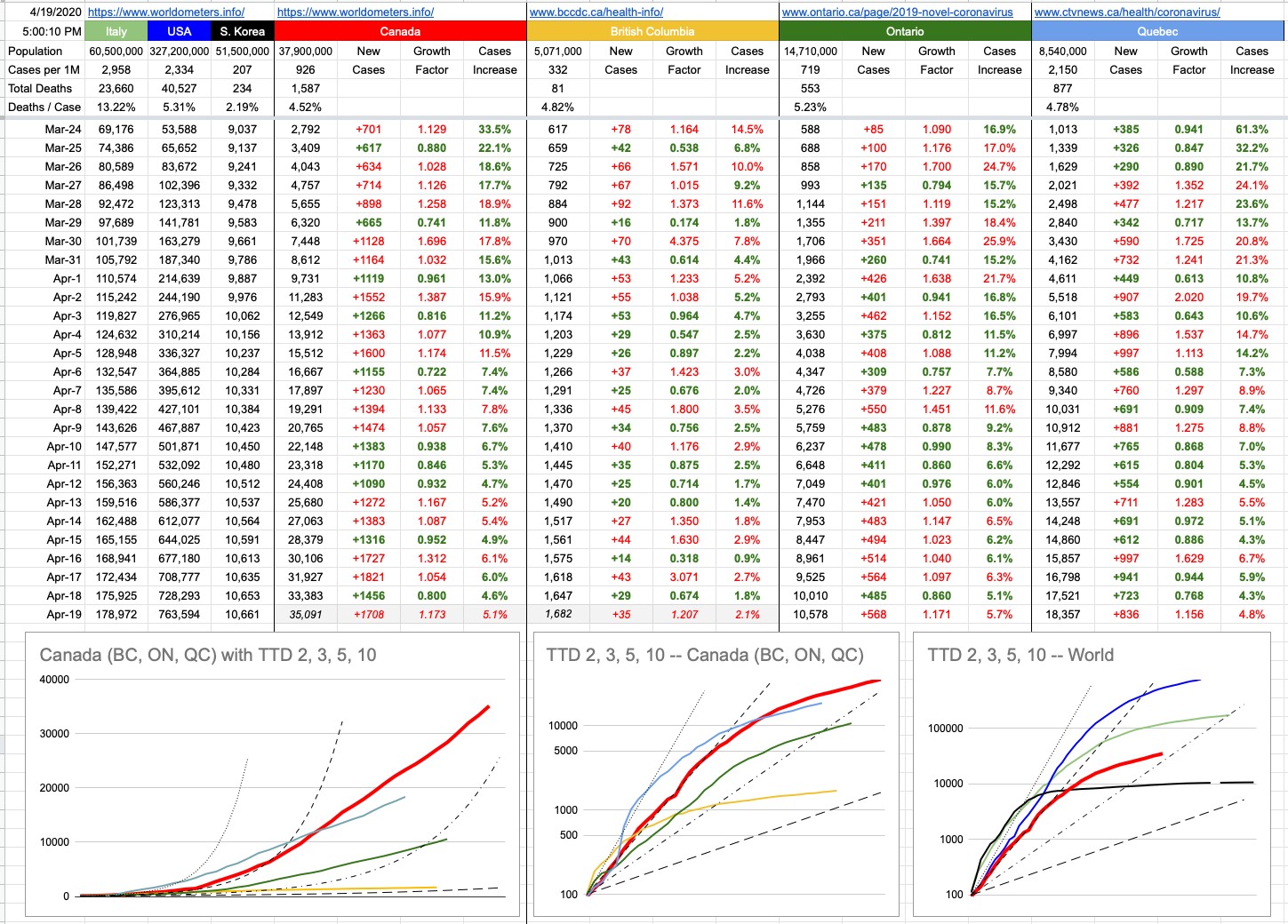Day 44 – April 29, 2020
It’s an interesting thing, this North American attitude… often found in sports. The great American pastime, baseball… there are no ties. The game can go into extra innings, which in turn can end up going on longer than the original game itself. In playoff hockey, same thing… full 20-minute periods until someone scores. Recall the famous Canucks/Stars playoff game that went into a 4th overtime — more OT than the 3 periods that preceded it. And hockey is a good example; there used to be ties in the regular season. And then… no, let’s decide this… they added overtime… and for a while, if the game ended in a tie after overtime, it remained a tie. But that wasn’t good enough… so, shootout. There will never be a tie again. There must be a winner. The most American of all games… the NFL actually allows ties, but there’s OT, with rules that make it almost certain one team will win. The only reason it can’t go on forever is that after more than 4 quarters of football, injuries are far more likely. There’s maybe one tie a year in the NFL; It’s rare, and nobody likes it when it happens. And NBA basketball? They will play overtime forever until there’s a winner.
On the flipside, the most popular sport outside of North America — soccer (fútbol!) — allows ties. What’s the difference in attitude?
I used to think it was attention span. Soccer holds your attention, sometimes for several minutes, between whistles. Hockey, same thing, which is perhaps why it’s not as popular as some of the others (especially in the U.S.). But football, baseball and basketball… endless time between action; time to discuss what just happened. Time to analyze it. Time to replay it, in slow motion, from different angles. That’s what I used to think, but no. What it simply is…. is that we just like to have a winner. After the big battle, a tie is just too unsatisfying.
It’s going to turn out that this virus is not as lethal as we initially thought… but, also…. it’s nowhere near as safe as a common cold or flu. The typical flu kills 0.1% of those it infects. COVID-19 seems to be somewhere between 0.4% and 3.4%. Let’s call it 2% for the moment. That makes it 20 times worse than a common flu. But also, nowhere near as bad as SARS (15% mortality) or Ebola (50% mortality).
The end result, somewhere in the middle, is the worst case scenario for the “I told you so!!!” crowds, because it means everyone can think they were right, and everyone else was wrong. It’s a sort of a tie that nobody likes, and both sides have plenty of ammunition to throw at each other.
In places that evidently haven’t been hit hard (B.C., prime example) the screaming about how we’ve wrecked our economy for nothing. Lockdown/shutdown — why? Look…for 100 dead people, most of them old or unhealthy to begin with? All of this suffering? For what?
On the flipside, places like Northern Italy and Spain and New York, who didn’t or couldn’t do enough to prevent the wave of catastrophic exponential growth in serious cases that led to a complete overwhelming of the medical system. And lots of deaths… multiples of excess deaths over the typical expected numbers.
Let’s look at some real numbers, implied by the general assumptions we think we know about this virus. The chart below shows ranges of age, and next to them, the mortality rate associated to that age group. Next to that, last year’s numbers for Canada’s population, followed by extending that mortality rate to our population. Knowing what we know today, if we were all infected and untreated, 750,000 of us would die, most of those being elderly. 750,000 people out of 37,500,000 = … 2%.
Age Mortality Canada Deaths
80+ 14.80% 1,614,000 238,872
70-79 8.00% 2,870,000 229,600
60-69 3.60% 4,607,000 165,852
50-59 1.30% 5,251,000 68,263
40-49 0.40% 4,817,000 19,268
30-39 0.20% 5,183,000 10,366
20-29 0.20% 5,101,000 10,202
10-19 0.18% 4,145,000 7,461
0-9 0.00% 3,982,000 0
TOTAL 2 .00% 37,570,000 749,884
That would never happen here, yells one side. That’s exactly what would’ve happened, yells the other.
On Friday, we will hear two things from Dr. Henry — one, that we have done our part and should continue to do so, and given what we’ve achieved, here are the first steps in the plan of re-opening our lives. And two, keep at it — an integral part of the new normal, at least until a vaccine shows up, will be maintaining the very things that have led to this success in the first place. That’s the side I’m on… and I’d like to think my side has done so well, that, by now, there’s probably enough hospital capacity to house the covidiots marching and protesting on Beach Ave. I’d like to think a small handful of morons isn’t enough to blow this for all of us… but time will tell.
View Original Post and All Comments on Facebook











